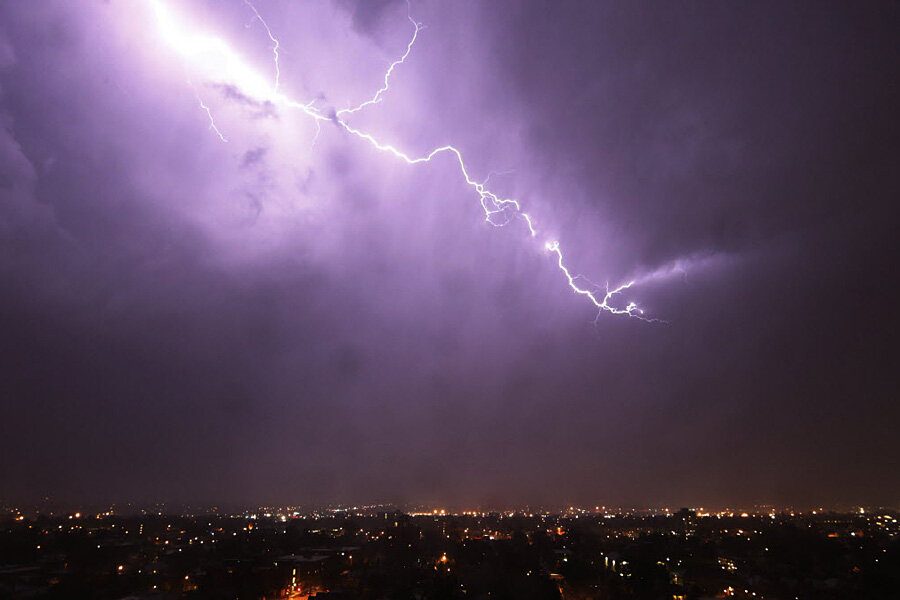Baseball-sized hail, floods, and tornadoes rock US Central Plains
Loading...
The Central Plains were battered by heavy rain and baseball-sized hail on Wednesday and Thursday, and severe weather could continue into Friday.
In Denver, Colo., The Weather Channel tweeted a picture of a street that was so covered in hail, it looked like there had been a recent snowfall. The hailstones still covered the road as of Friday morning.
According to the Associated Press, Berthoud, Colo., was the hardest hit by the storm. Three homes were destroyed by a tornado and 25 others may have been damaged, but no injuries were reported.
The National Weather Service also reported that a large tornado touched down near Simla, Colo. late Thursday night. Residents and storm-chasers tweeted pictures of the powerful twister.
Forecaster Michael Palmer told NBC News that there had been some reports of very large hail. For some context, one of the largest hailstones reported by the National Oceanic and Atmospheric Administration (NOAA) measured eight inches in diameter, weighed nearly two pounds, and was described as looking like a volleyball.
But northeastern Colorado is no stranger to hail storms. According to NOAA, the area is part of what is known as "hail alley" and receives the most hail the US.
Not surprisingly then, groups like the Rocky Mountain Insurance Information Association provide data about hail damage. A July 2009 storm in the Denver metropolitan area cost $625 million in repairs and damages. The most expensive, according to the association, was a July 1990 storm that cost $1.1 billion, when adjusted for inflation.
Severe storms also passed through Kansas and Missouri, causing flash floods in areas where the ground was already saturated with water.
The Kansas City Star reported Thursday afternoon that 17 river and creek gauges indicated flooding. The National Weather Service issued a flood warning in the area on Thursday morning that was still in effect as of Friday morning.
According to the Denver Post, the bad weather is expected to continue.
"A lot of the ingredients we have [Friday] are similar to yesterday," explained Cari Bowen, a meteorologist with the National Weather Service in Boulder. "We want people to be prepared."








